
OR
NPF joins RPP in condemning EC
Published On: March 19, 2017 02:03 PM NPT
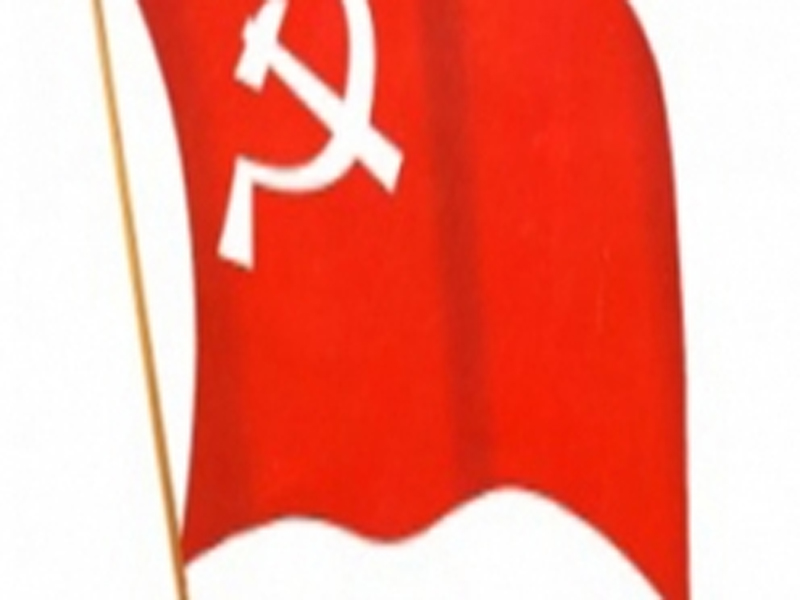
KATHMANDU, March 19: Issuing a press release on Sunday, National People's Front(NPF) has condemned the decision made by the Election Commission (EC) on Friday to remove such terms as “Hindu state” and “monarchy” from the statute of Rastriya Prajatantra Party(RPP).
Though National People’s Front(NPF) respects the historical achievements such as the replacemernt of monarchy with Republic and secularization of the country, which were achieved as a result of the historical people’s movement , RPP has a constitutional right to advocate Hindu state and monarchy, the press release states.
The EC removed the two terms from the RPP’s statute on Friday citing that they contradict the spirit of the constitution.
Issuing a press release on Saturday, the RPP strongly condemned the removal of the two terms from its statute by the EC.
Arguing that the EC’s decision to remove them contradicts the very spirit of the constitution, the RPP urged the EC to withdraw its decision regarding the removal of those terms. It also warned that the EC's decision would affect the forthcoming polls adversely.
You May Like This

RPP and RPP Nepal merger soon: RPP chairman Rana
PANCHTHAR, Nov 10: Rastriya Prajatantra Party (RPP) chairman Pashupati Shamser Rana has said his party and the Rastriya Prajatantra Party... Read More...

RPP announces protests against EC decision
KATHMANDU, April 15: The ruling Rastriya Prajatantra Party (RPP) has decided to step up protest against the Election Commission (EC) over... Read More...

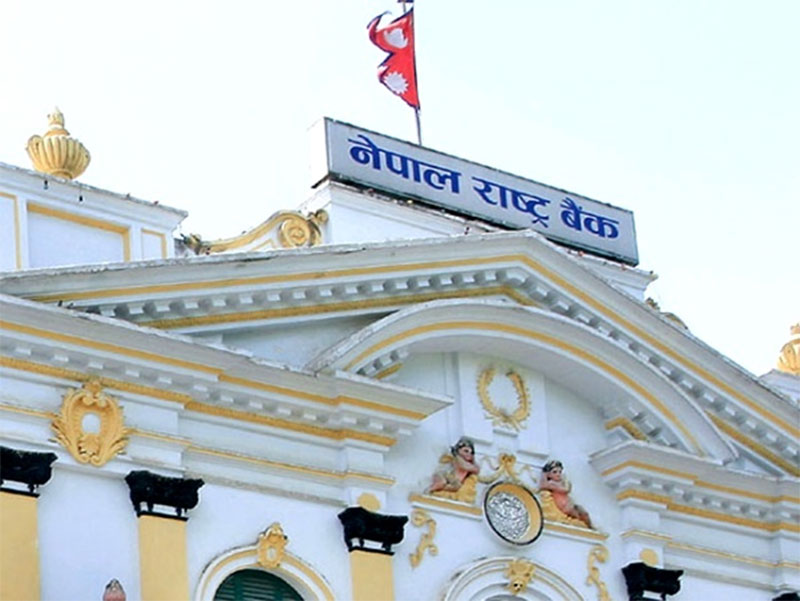


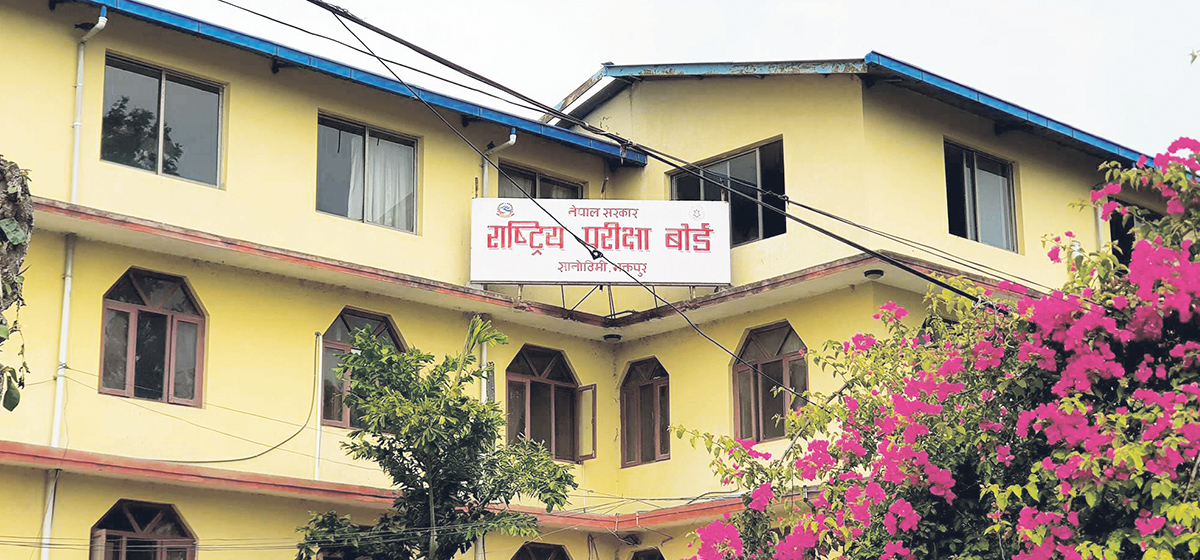

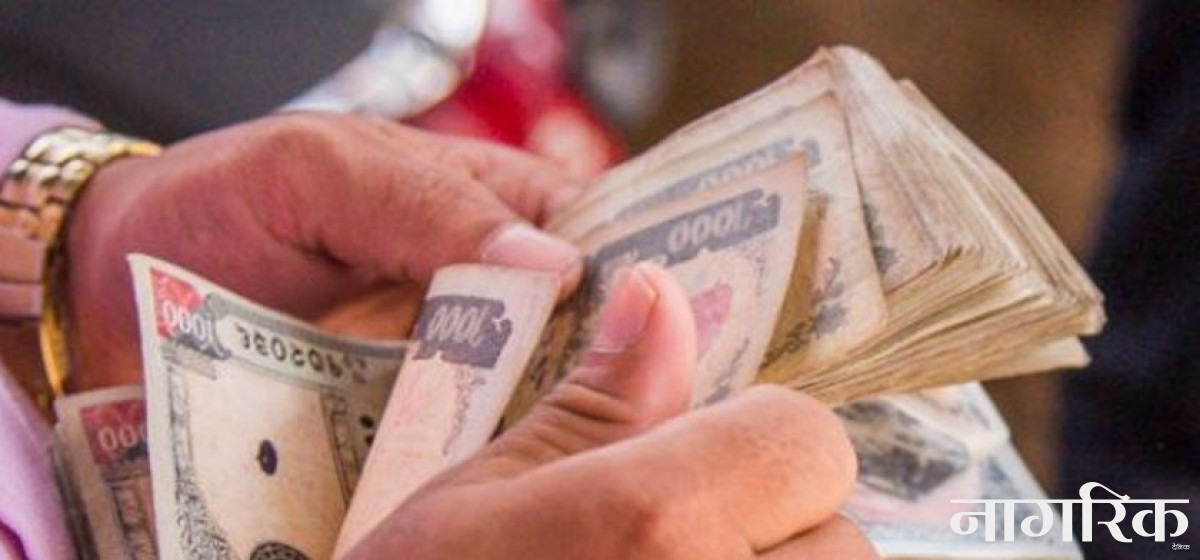
Just In
- NRB to provide collateral-free loans to foreign employment seekers
- NEB to publish Grade 12 results next week
- Body handover begins; Relatives remain dissatisfied with insurance, compensation amount
- NC defers its plan to join Koshi govt
- NRB to review microfinance loan interest rate
- 134 dead in floods and landslides since onset of monsoon this year
- Mahakali Irrigation Project sees only 22 percent physical progress in 18 years
- Singapore now holds world's most powerful passport; Nepal stays at 98th



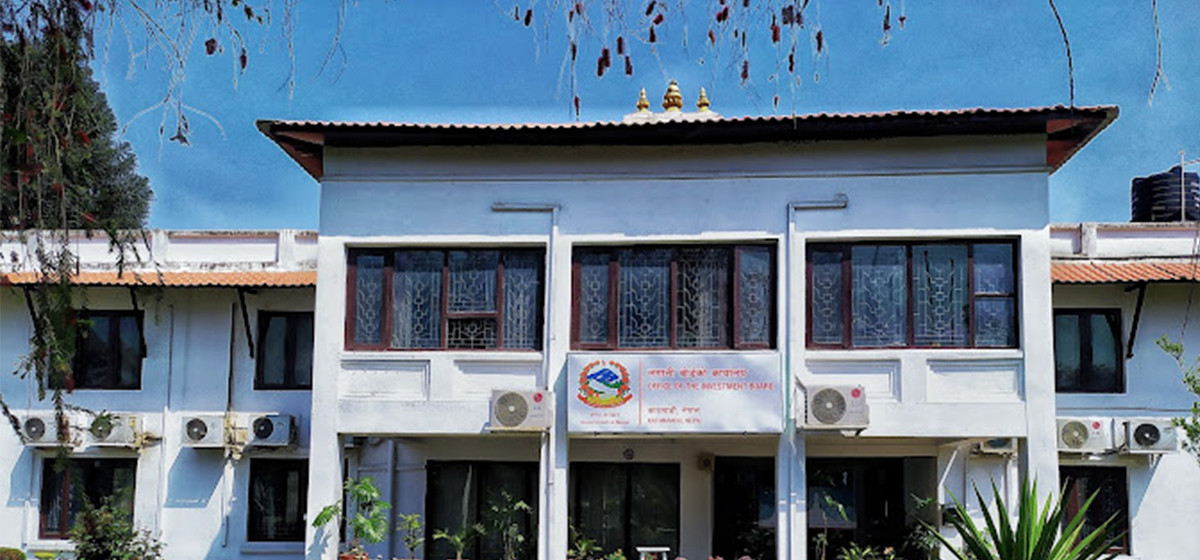


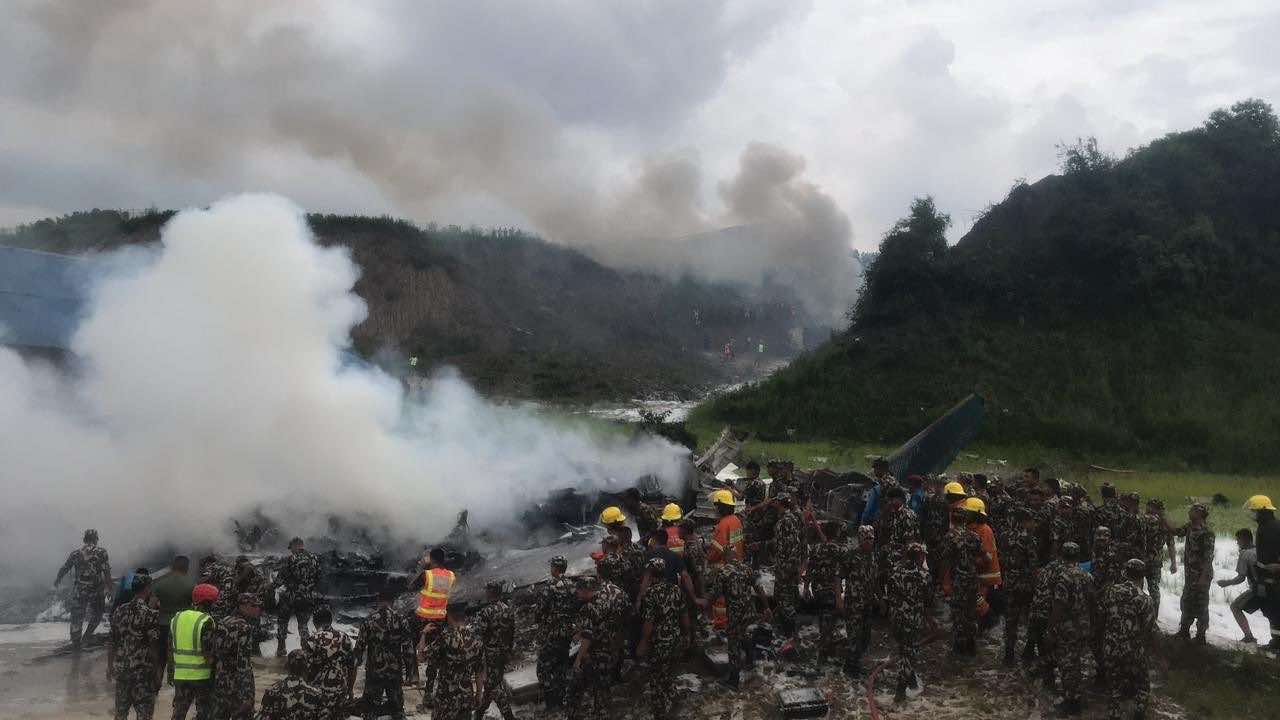
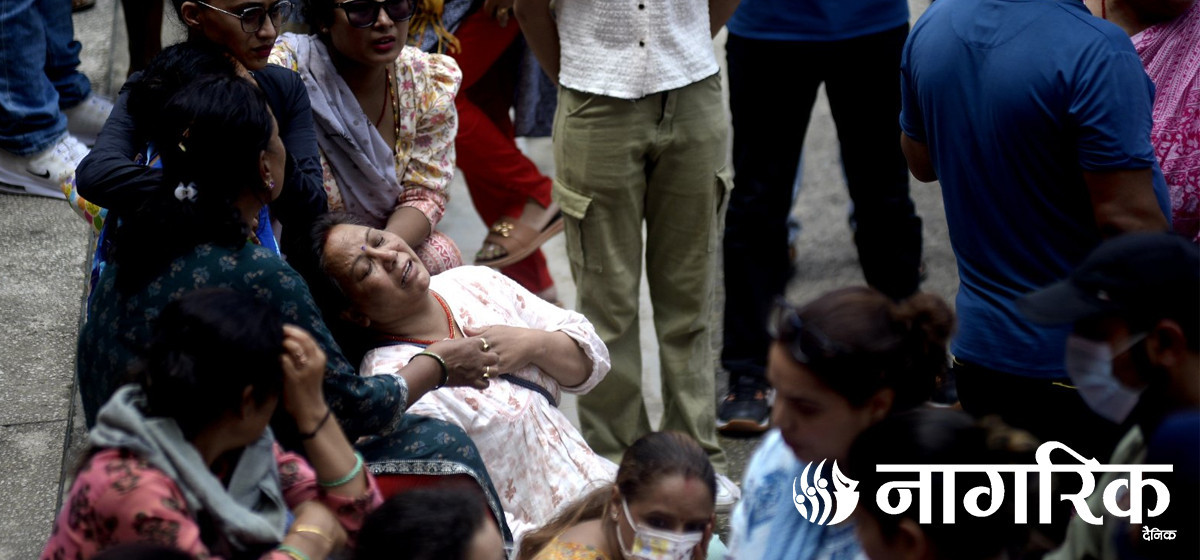


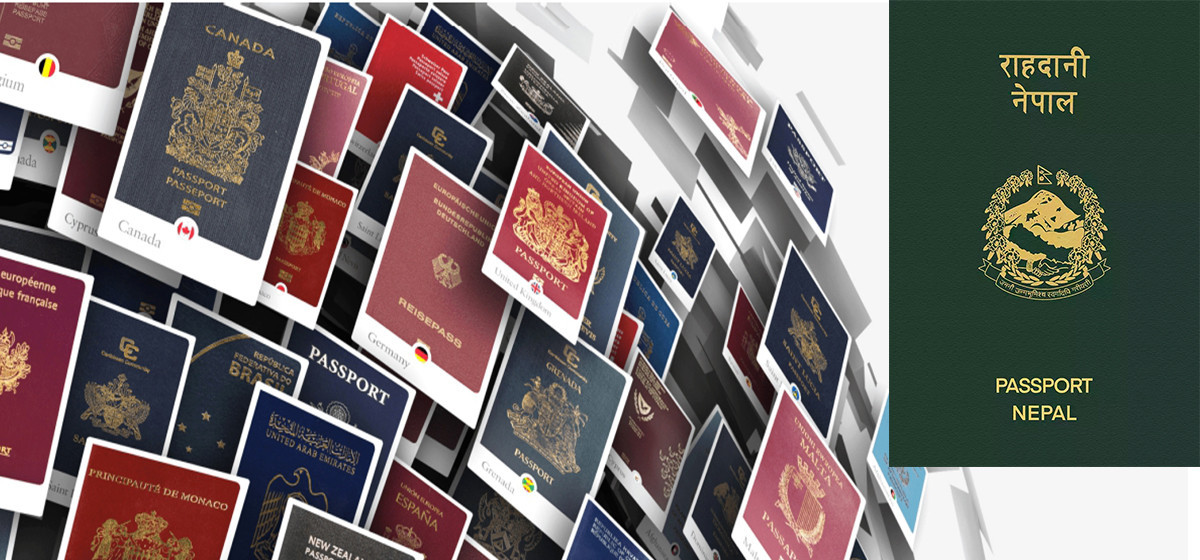
Leave A Comment